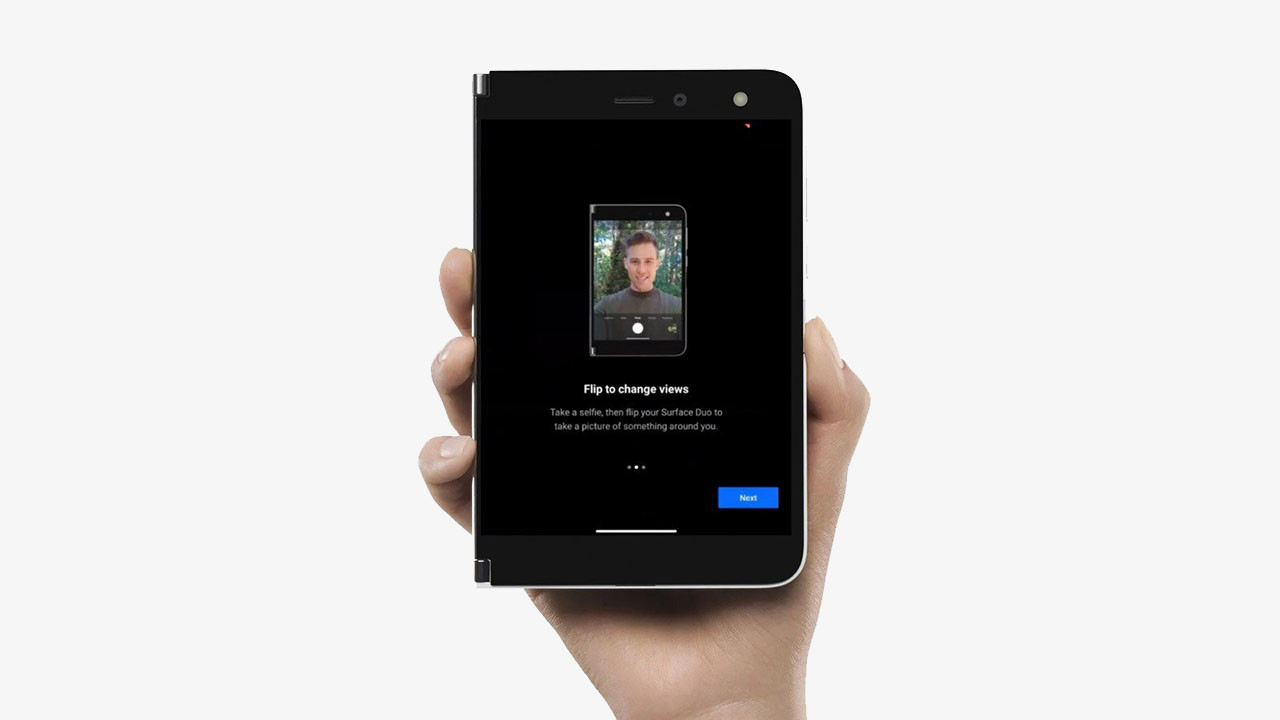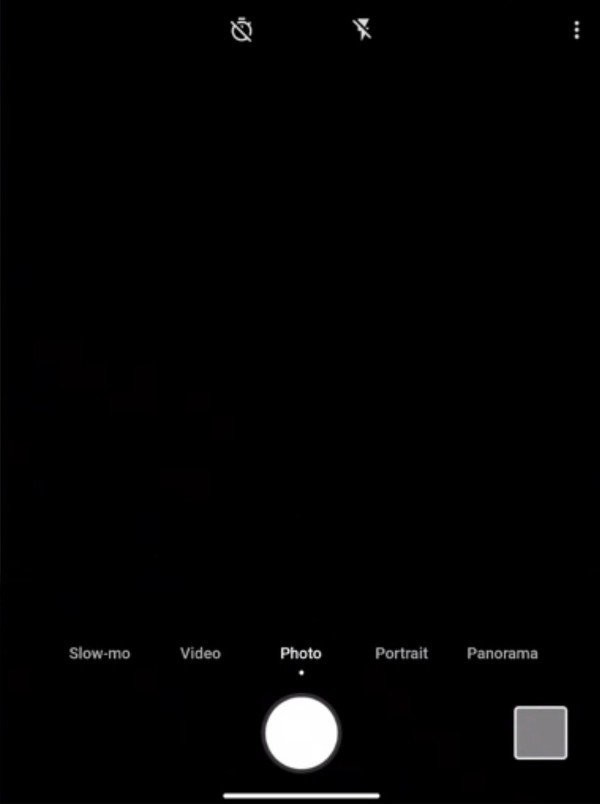Microsoft has revealed the Surface Duo’s camera app and it features. Not much is known about it, but in a private Q&A livestream held by the Microsoft Store, Microsoft has shared some details about what we can expect from the device’s camera.
Microsoft’s dual-screen Android phone, Surface Duo, comes with an exclusive wallpaper. Yesterday we covered how to download it, and now here are more wallpapers designed for foldables for your devices.
The Surface Duo device is yet another attempt by Microsoft to enter the smartphone market. Surface Duo is the dual-screen, foldable Android device. The device is running a customized Android 10 version with its own Duo UI shell.

Microsoft is going support its Surface Duo devices for three years, shipping OS and security updates. This also means that it should receive Android 11.
Microsoft also confirmed to us that the Surface Duo will have an unlockable bootloader. This means that enthusiasts will be able to get root permissions, and create firmware mods. Also, check out the following post:
The Camera app
The screenshots shown in the Q&A stream demonstrate that the camera app has the stock Android UI, and will support such features as Slo Motion, Portrait and Panorama mode. At the top of the UI are options for switching the flash on/off and setting a timer for a photo to be taken.



Unfortunately, there is no hint for the quality of the taken photos. It looks like we will know it after September 10, 2020.
The full specs for the Camera hardware look as follows.
- Adaptive camera 11MP, f/2.0, 1.0 µm, PDAF and 84.0° diagonal FOV optimized with AI for front and rear
Photos:
- Auto mode with low-light & HDR multi-frame photo capture and dynamic range scene detection
- Super resolution zoom, and super zoom up to 7x
- Portrait mode with adjustable depth control
- Panorama mode
- Burst mode
Video recording:
- 4K video recording at 30 fps and 60 fps
- 1080p video recording at 30 fps and 60 fps
- HEVC and H.264 video recording formats
- Gyro-based digital video stabilization
Source: Neowin
